Charleroi, a city in Wallonia, Belgium, was at the centre of the Belgian Industrial Revolution. However a 2008 poll by the Dutch newspaper Volkskrant voted Charleroi as the ugliest city in the World. I decided to find out for myself and went along on a trip organised by Charleroi Adventure to find out more.
We started off near Charleroi station with our tour guide for the day, Nicolas Buissart, The plan for the day was simple, he told us – we would wander along the canal, pass by some of the still partly used metal working factories, head off through the centre of town to buy some lunch, pass by another deserted factory, travel on the city metro, get in our cars and visit the famous ghost metro, a disused cooling tower, and if we had time at the end of the day visit some more disused factories. Oh, and visit Enrico.
Charleroi has been in steady decline since the loss of industrial power in the 1970s leading to the city running out of money in the 1980s. The unemployment rate is amongst the highest in Europe at around 25% after the once affluent industries of iron, steel, gas, and chemicals packed up and left, realising they could produce their wares much cheaper in China and other Far Eastern economies. All that was left behind was wide spread poverty and abandoned factories. Today, although the government of Wallonia claim that the city is experiencing a turn around in fortunes, it feels fairly grim walking around.
From an urban phtographer’s perspective of course, it is paradise, and a fair number of the people that Nicolas hosts on his tours take part in order to take photos. The initial walk along the canal took us past the large metal working factories with their furnaces and heavy machinery. Although one of them appeared to be working, taking deliveries of scrap metal and melting it down to make electrical connectors, many of the rest hadn’t been operated for some years, and the contents of the factories are slowly being sold to the Chinese for exportation.
Further along the canal there is a lot of green as nature slowly overtakes the derelict buildings and unused towpaths, and we take a turn to walk back into civilisation.
A disused swimming pool. ‘Back in the day’ the properties in Charleroi had the highest number of swimming pools in Belgium, we were told, since this was a sign of wealth and prosperity.
The next factory we went to somehow ‘belonged’ to Nicolas. At least, he had a key for security fence in front of the door that had presumably been installed to keep people out. He took us to the roof of the building, where we got a good view across the industrial zone. Grey buildings with the occasional dash of colour left behind by one of the local graffiti artists in an attempt to brighten up the gloom.
Inside the building the local artist community had created an exhibition of various sculptures. The factory was part of the old Cockerill complex, named after John Cockerill, which has now been turned into some kind of an artist’s commune. We sheltered from the rain and ate our sandwiches, before crossing the road and getting on the city metro back towards the train station.
It was raining for the whole of the trip on the metro, and the grey weather and the glances from the other travellers on the metro made me feel a bit uneasy. It was clear that not everyone was in a good financial state, and I suppose a group of ‘tourists’ flashing expensive cameras around didn’t make them feel great either, although personally I had put my camera under my jacket out of the way. We alighted the metro close to where our cars were parked, and started on the next leg of the tour.
Although fully completed and electrically wired, this metro line has never seen service
The lock was evidently to keep the local children out. We were fine going in, we were told, even though we had to climb through a hole in the fence to do so….
One of the projects that Charleroi started in the 1960s was a light rail metro. The original plans were to open up a 48km network, consisting of eight branch lines breaking out from a central downtown loop. Experts said from the start that the project would ultimately fail – normally a city can justify a full metro with a population of around one million, and Charleroi had just one fifth of that number – and they were proven right.
Ultimately only one branch line, part of a second line, and three quarters of the loop were ever opened. Another branch line was partially constructed, and three of the eight stations were fitted out completely with escalators, power cables, and signal lights, but it was determined that the low number of passengers expected would not justify the costs of employing extra staff. So the partially completed line remained uncompleted and unopened, and over time has gradually become the playground of graffiti artists and vandals.
Nicolas is no longer allowed to visit the abandoned part of the metro (the ‘ghost metro’, or ‘spook metro’) due to some ‘disagreements with the authorities’, so he has enlisted the services of his friend Enrico to help him out. Enrico is a colourful character, and before he will take you on a tour, you are invited into his living room to hear stories of how famous he used to be, and to listen to him sing one of his ‘hits’. I’m sure he was very famous back in the day, but a quick google search when I returned home couldn’t find much about him.
To finish off the trip we visited a disused cooling tower (Nicolas heard some police sirens and went and ‘hid’ whilst we were exploring)
Followed by an old metal working factory. At this last stop Nicolas heard a noise and hesitated, suggesting we might be in danger from the local gypsies who’ll steal ‘anything that’s not bolted down, and most things that are bolted down as well’.
All in all, a very interesting walk around a city that seems more than a few years behind the modernisation of the rest of Belgium.
So, is it the ugliest city in the World? Well, you can find a lot of beauty in ugliness, if you know where to look. After all, what do the Dutch know? :p
Images in this blog post made using Leica M-E, and a combination of 21mm Super-Elmar, 28mm Summicron, and 50mm Summilux lenses.

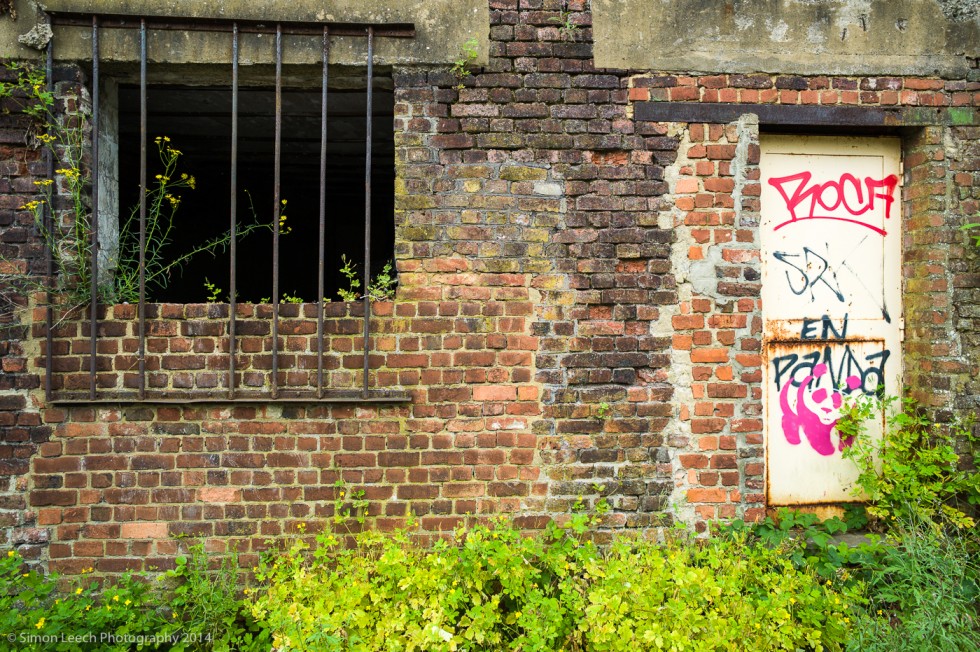
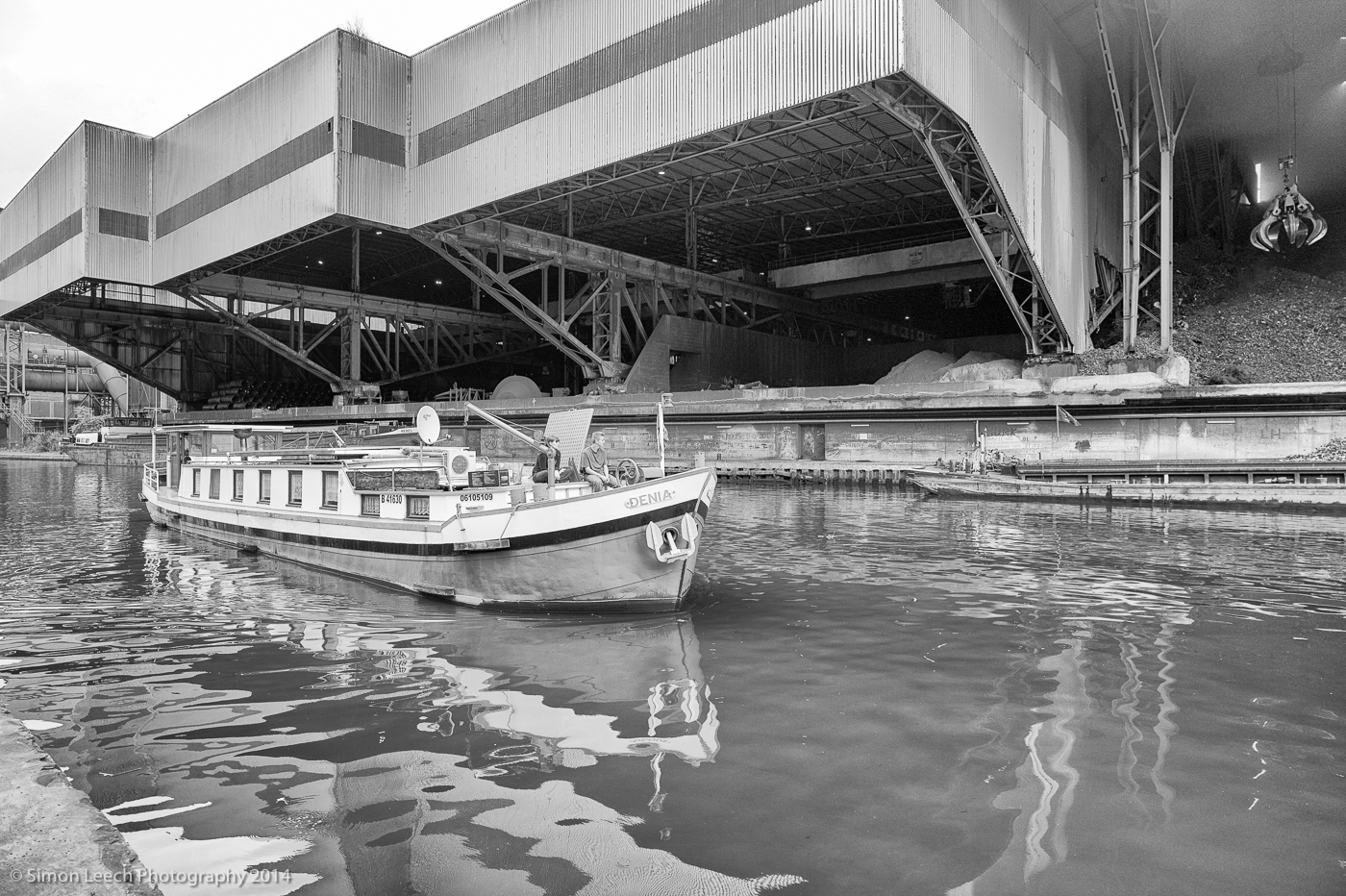
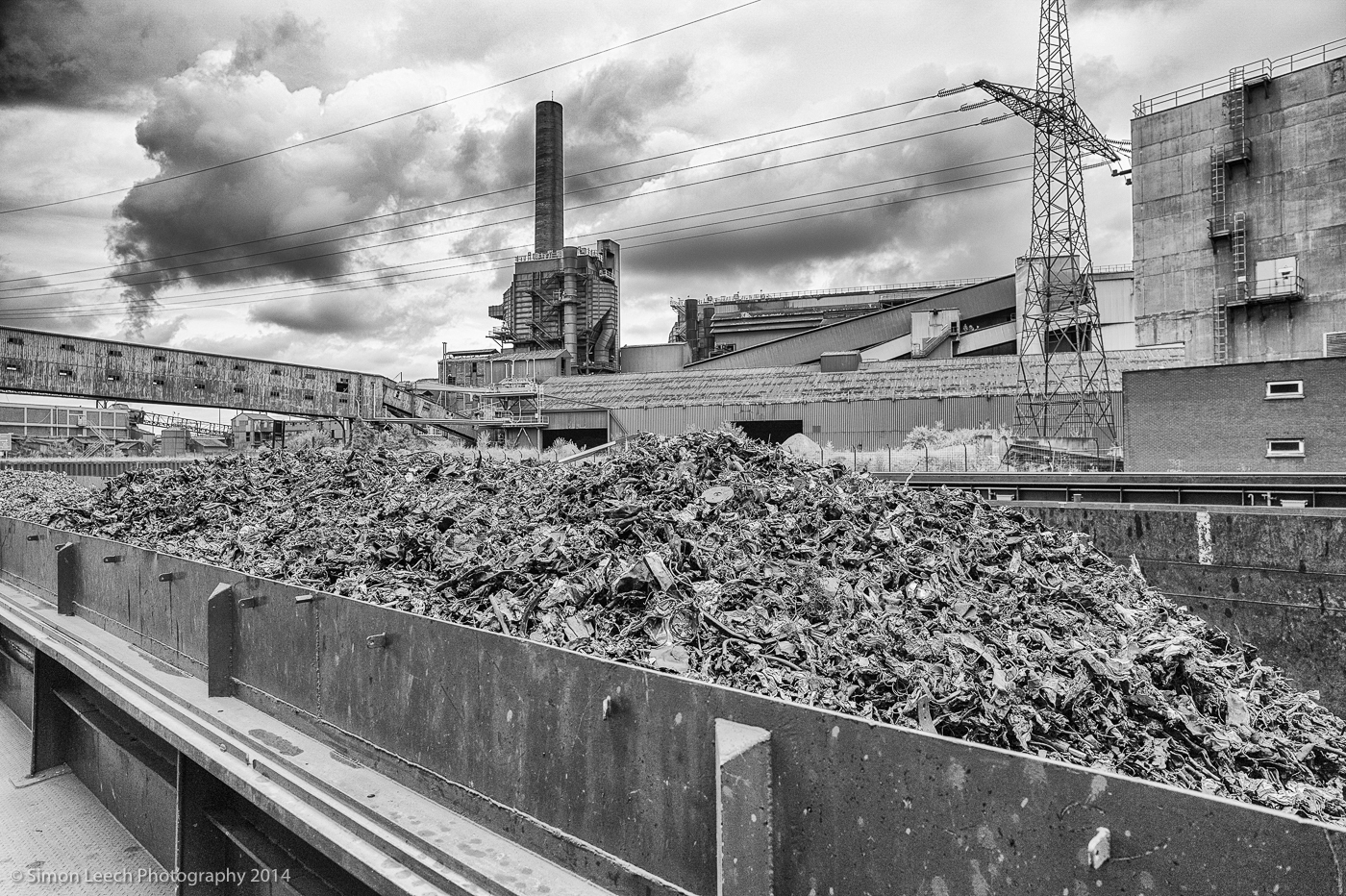
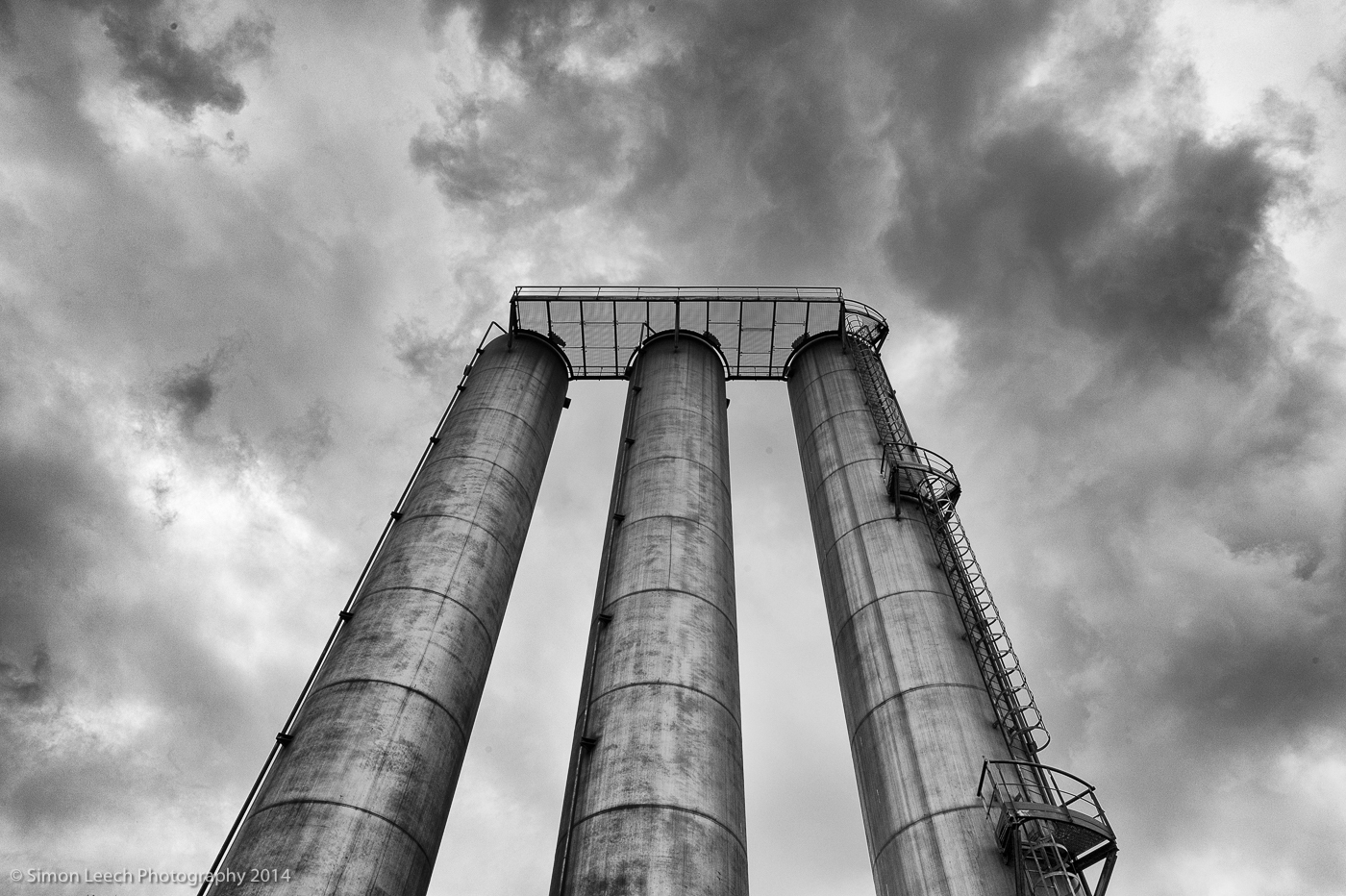
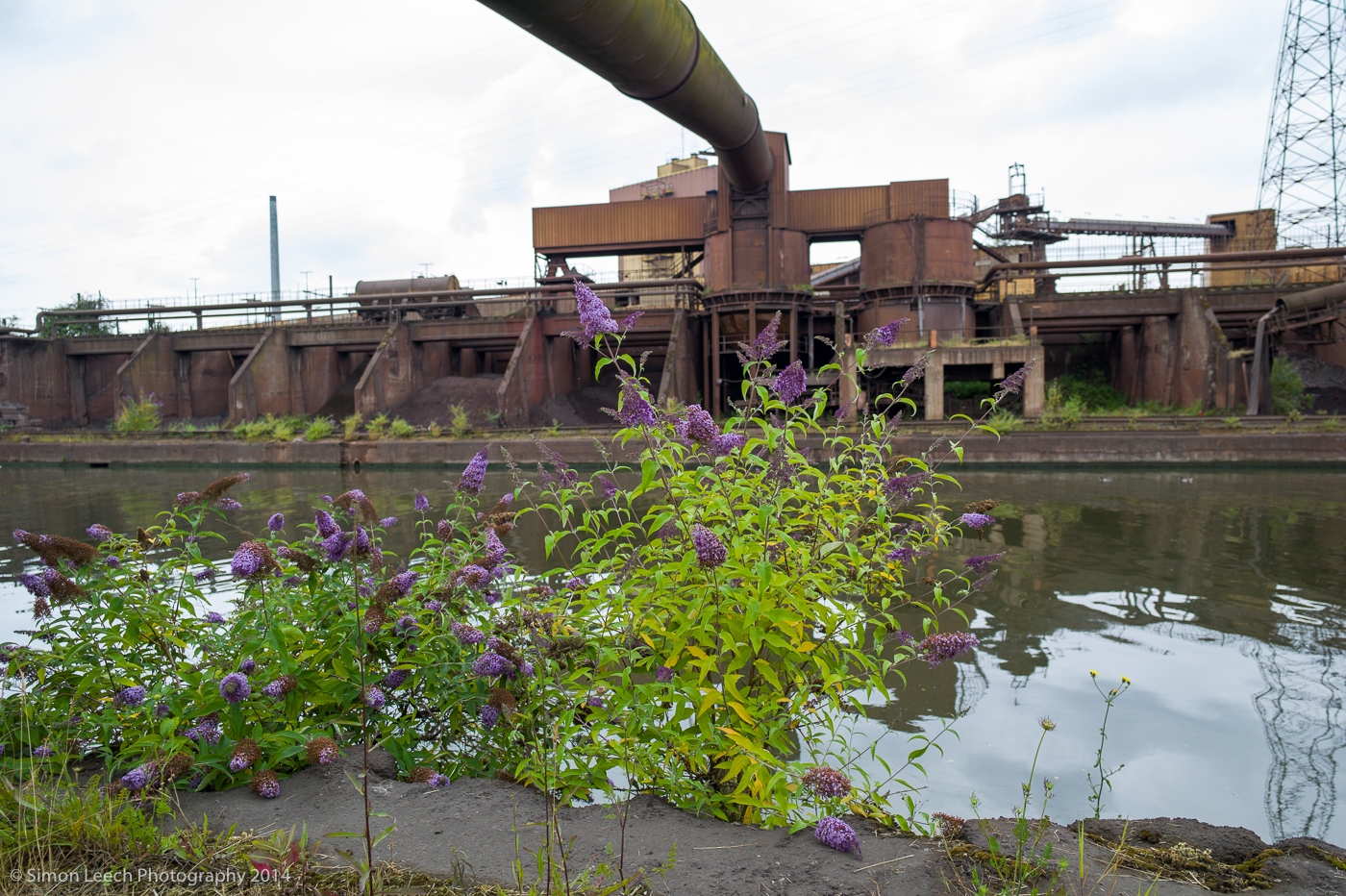
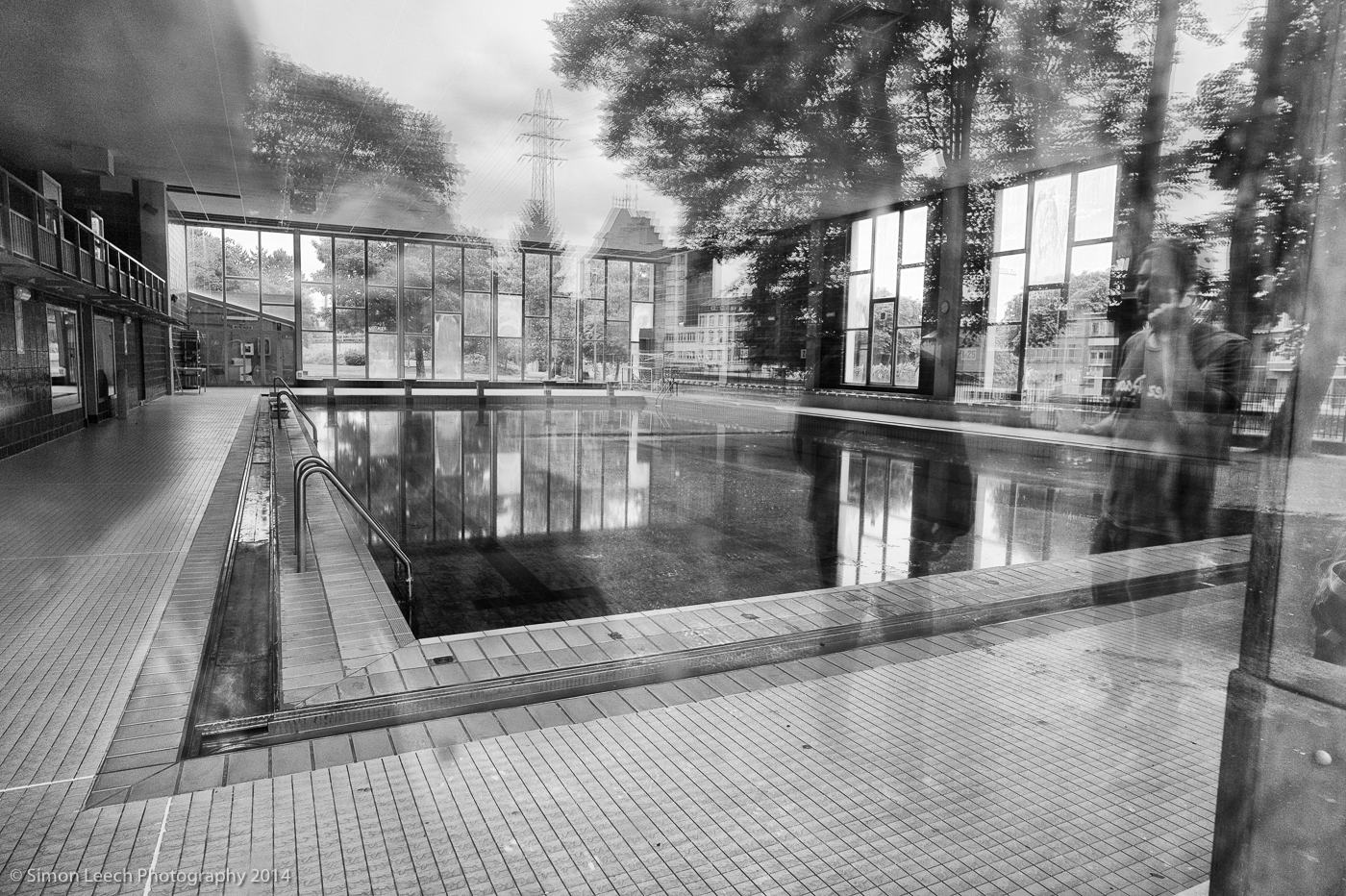
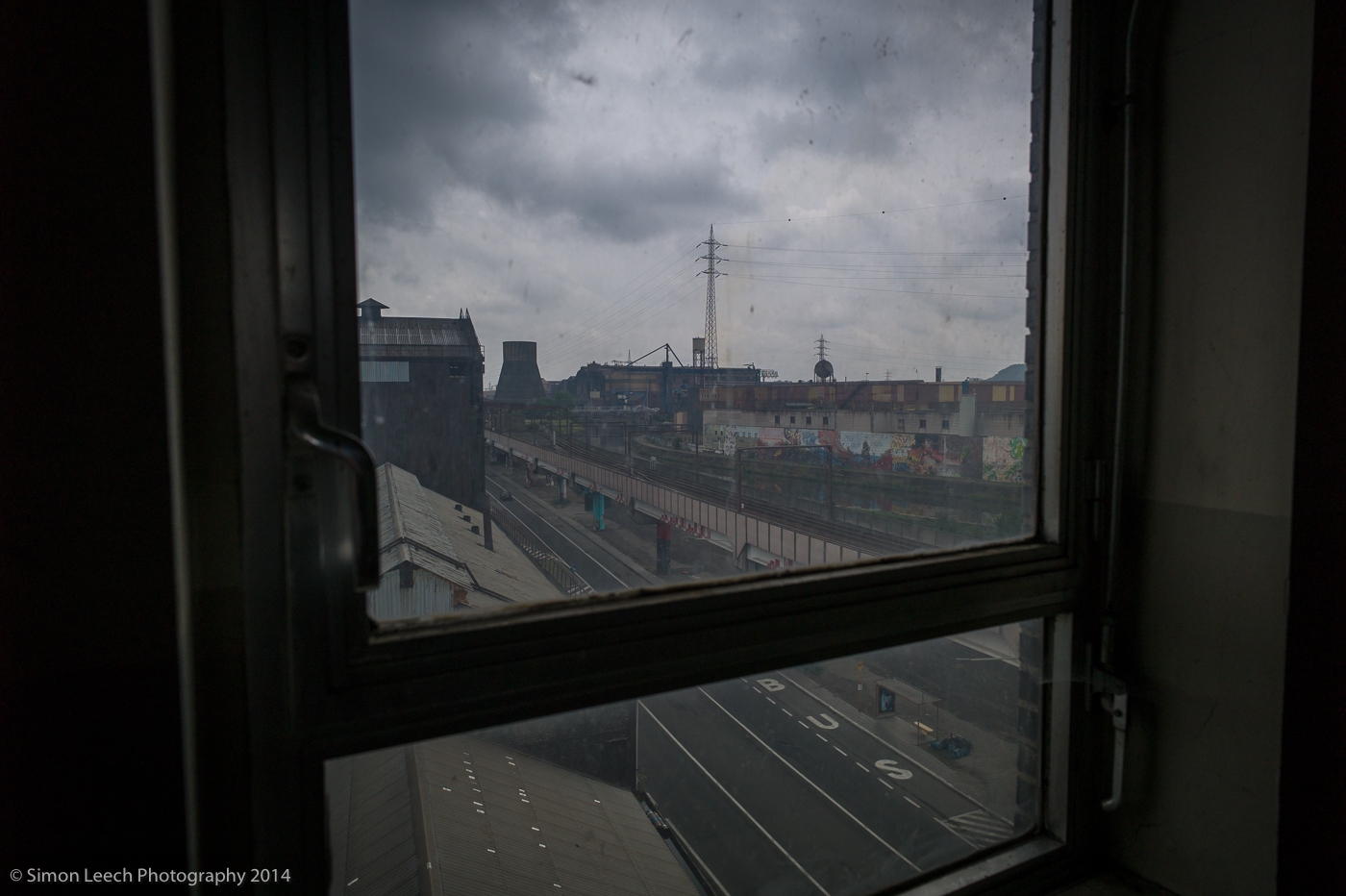
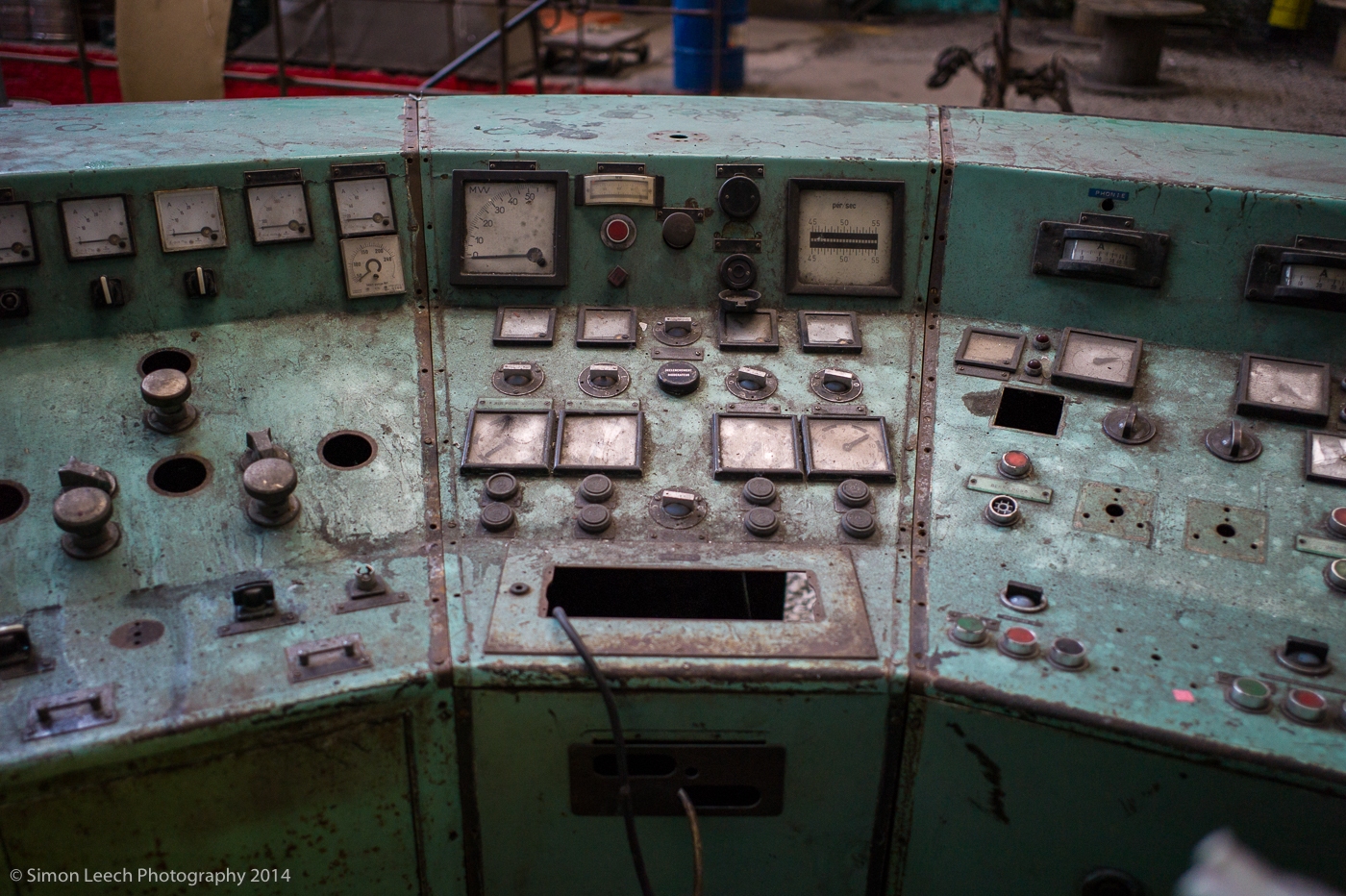
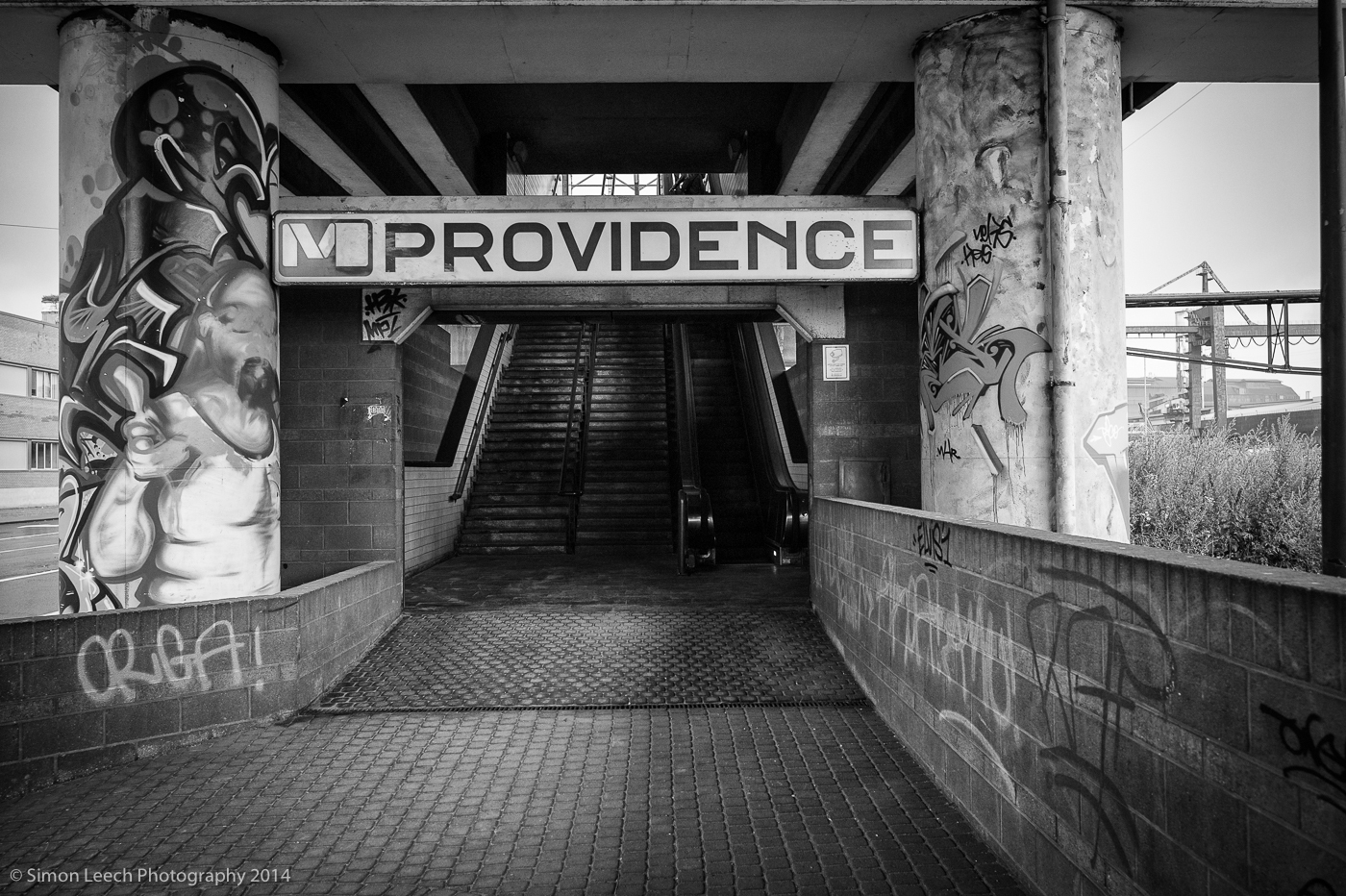
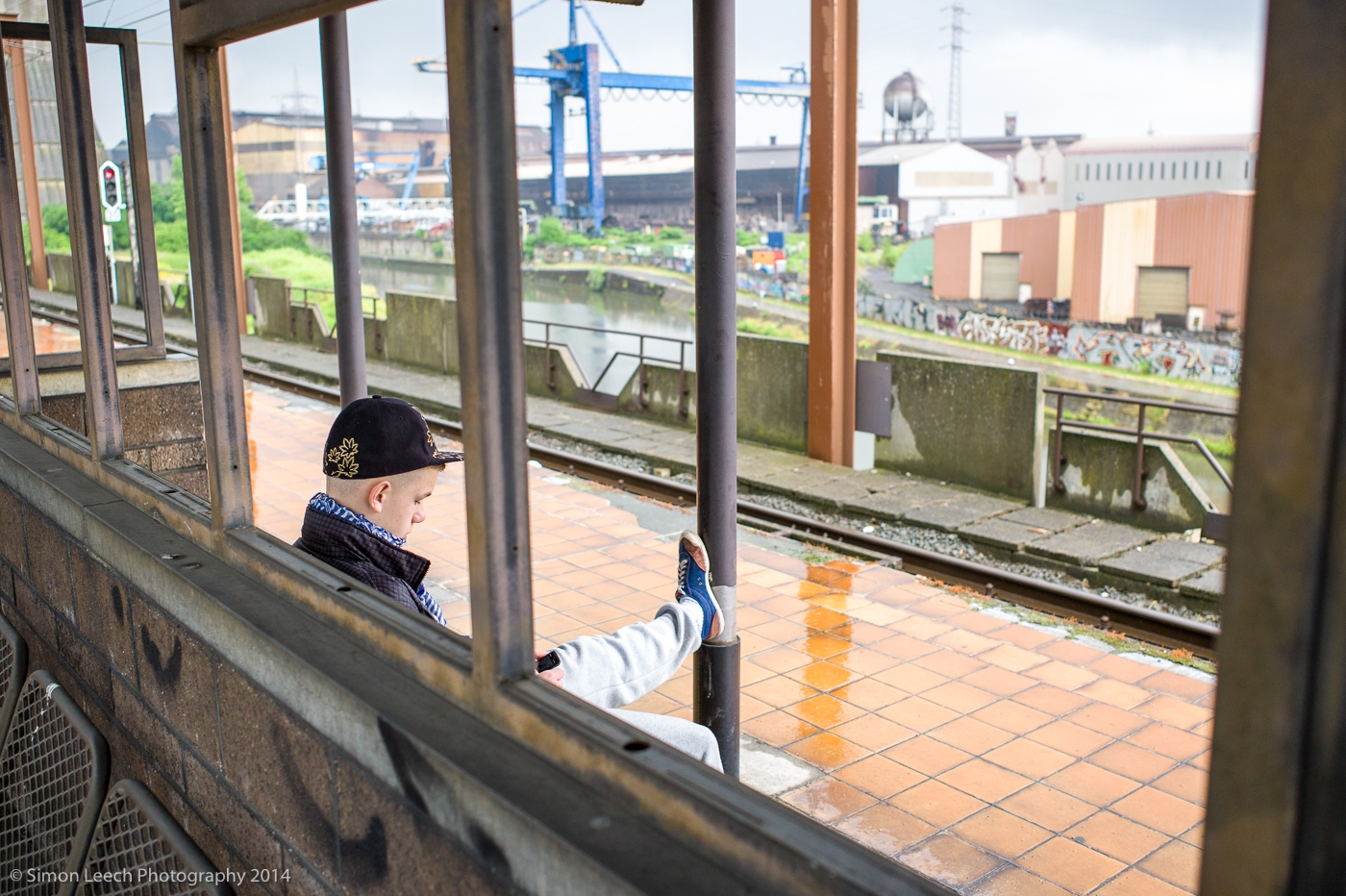

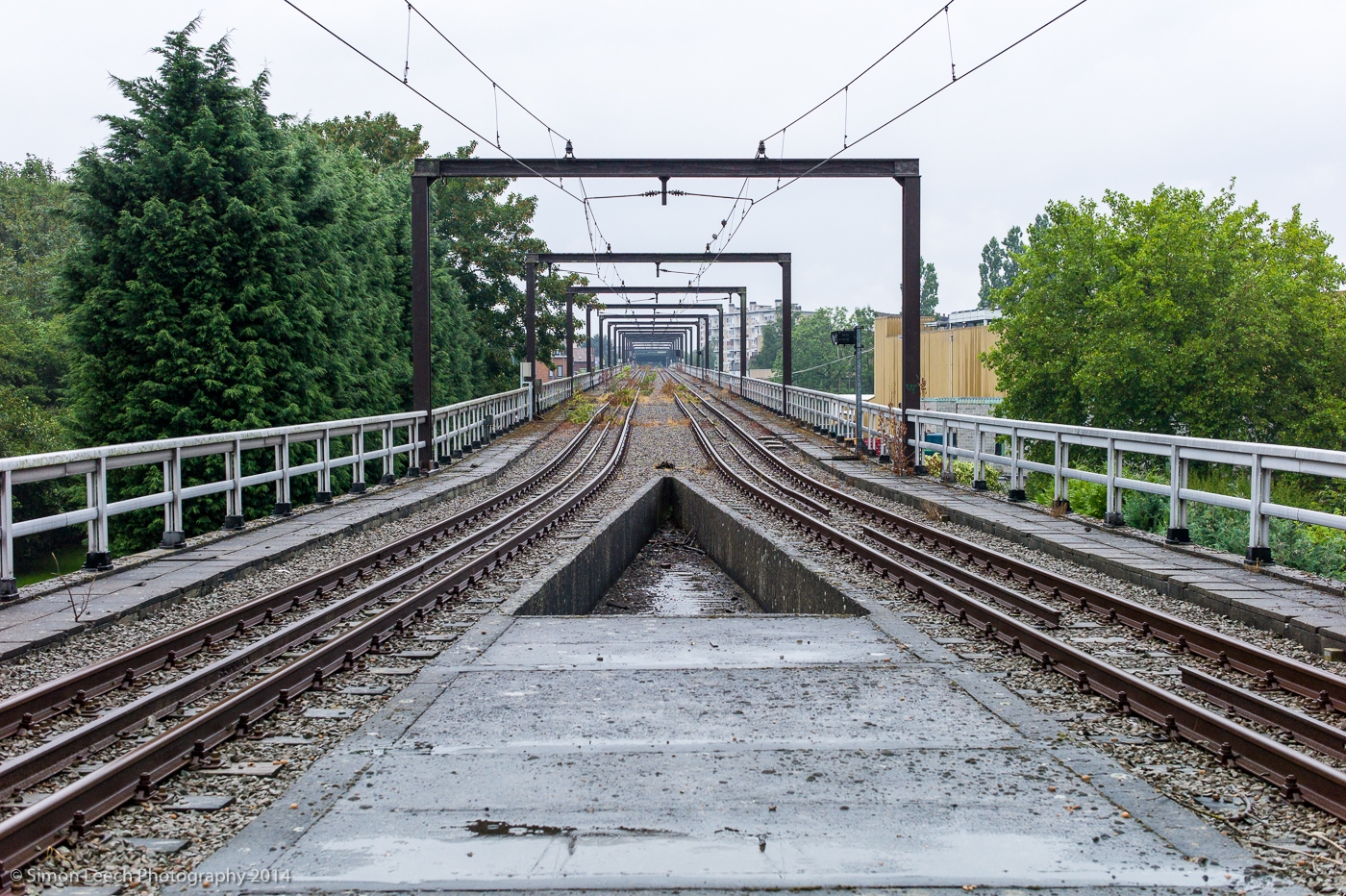
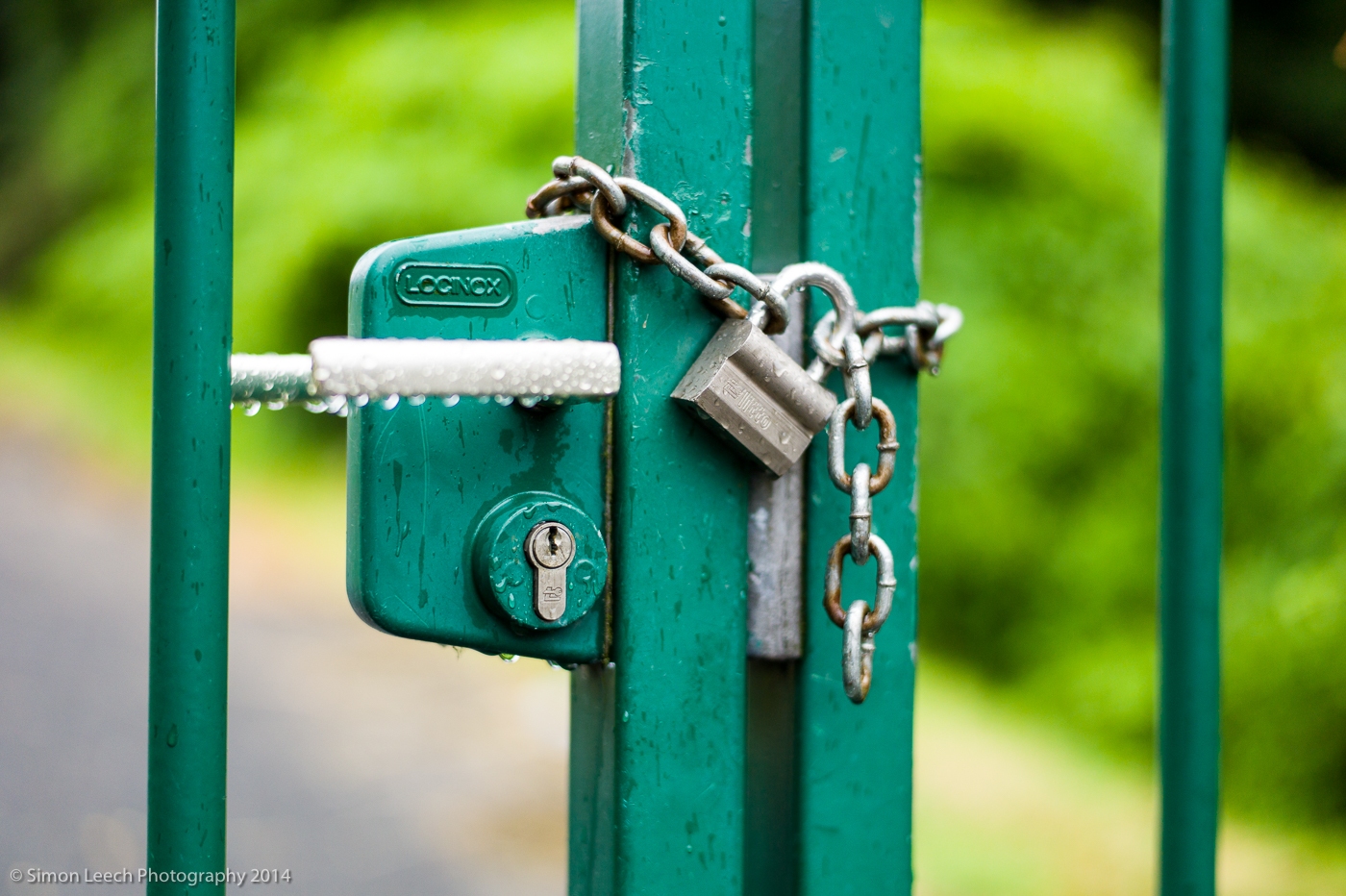
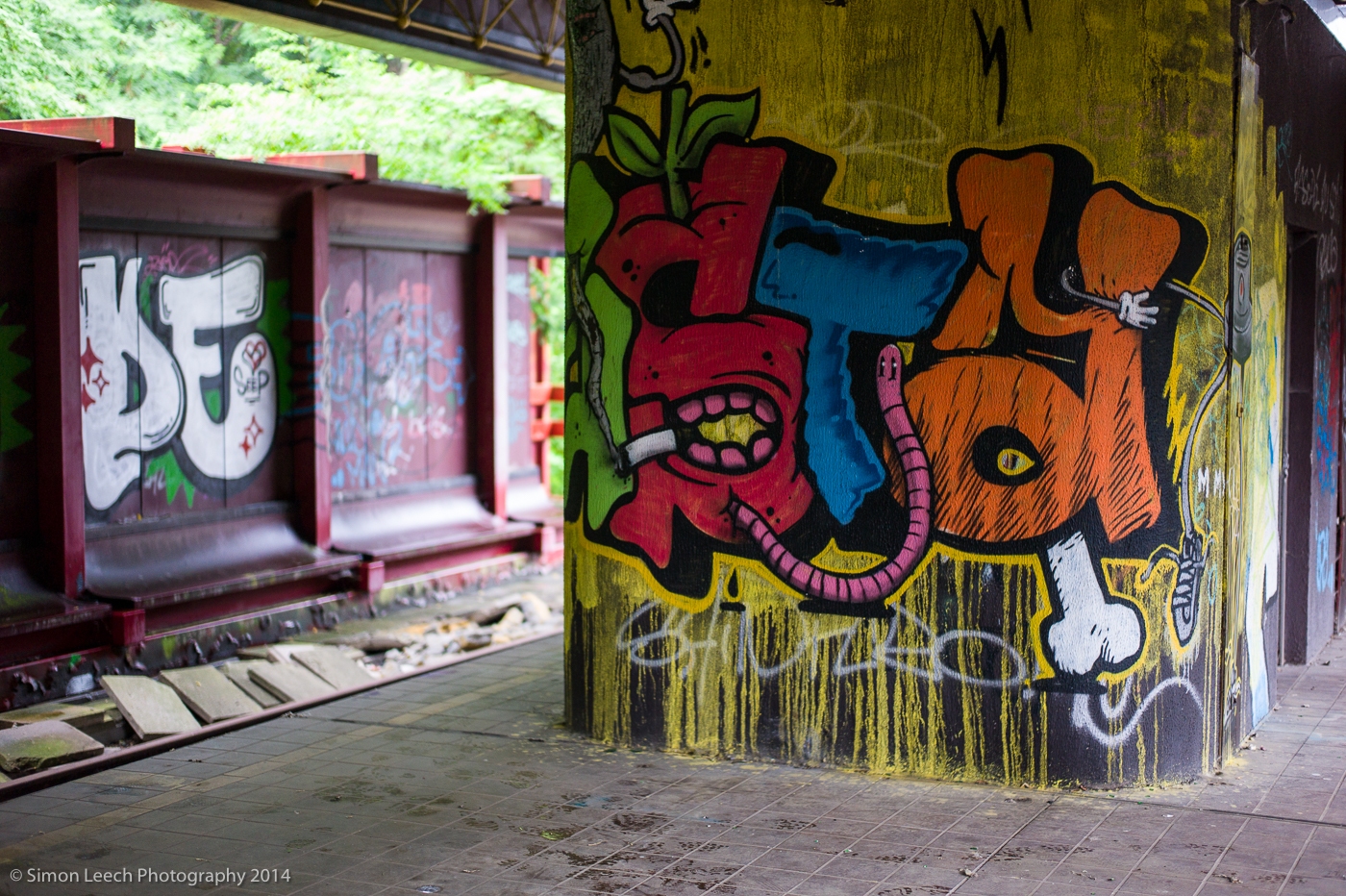
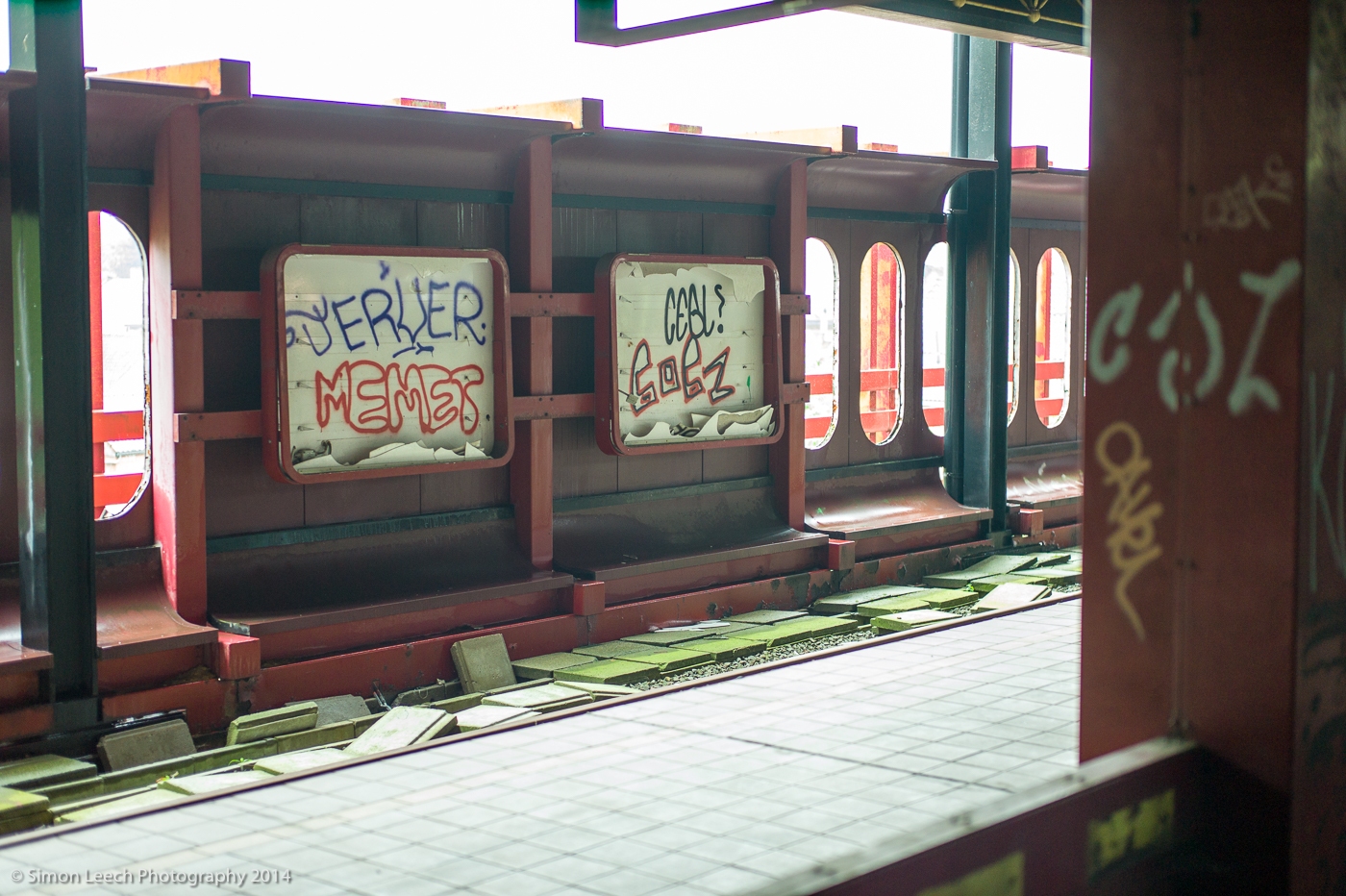
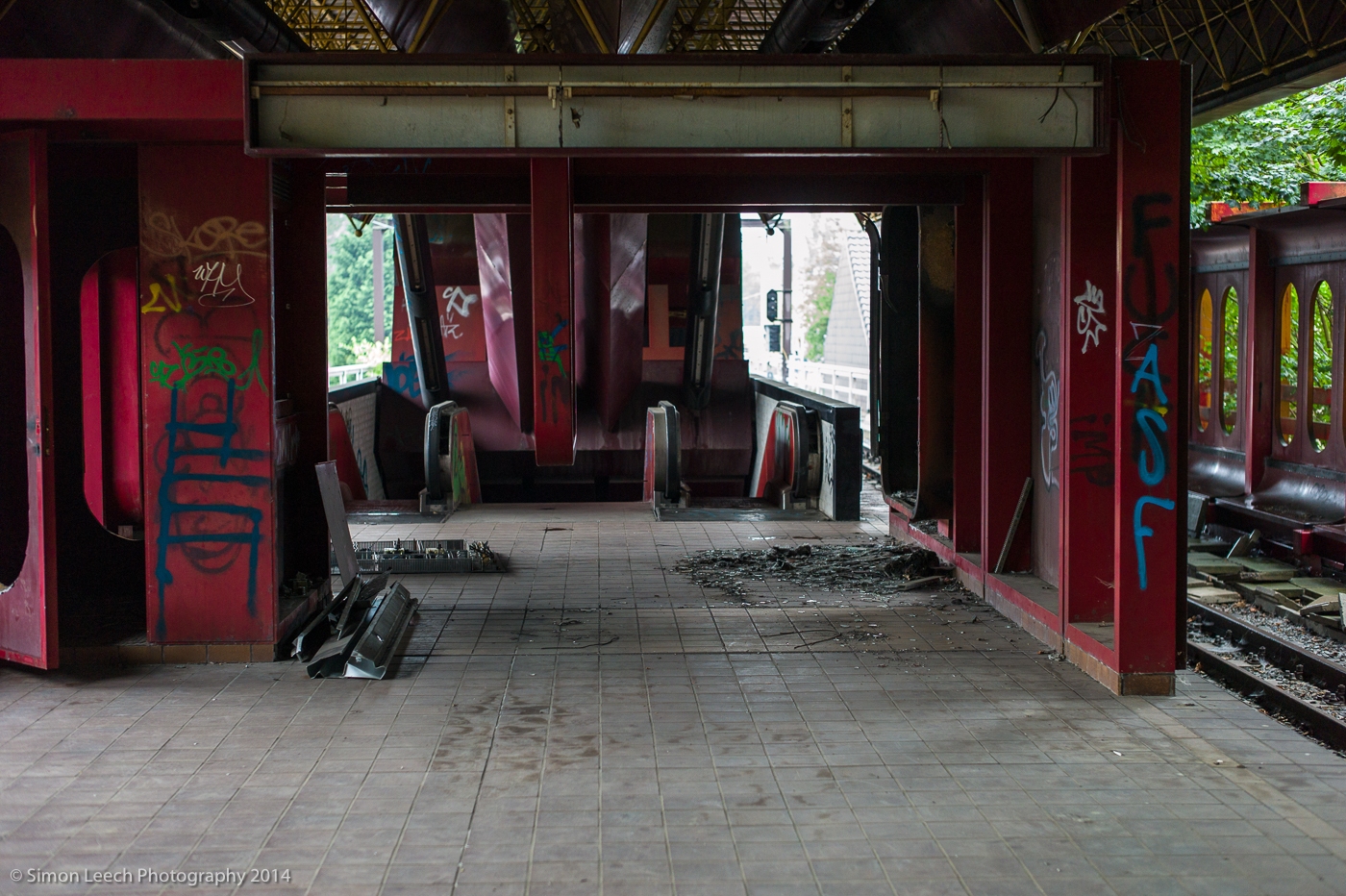
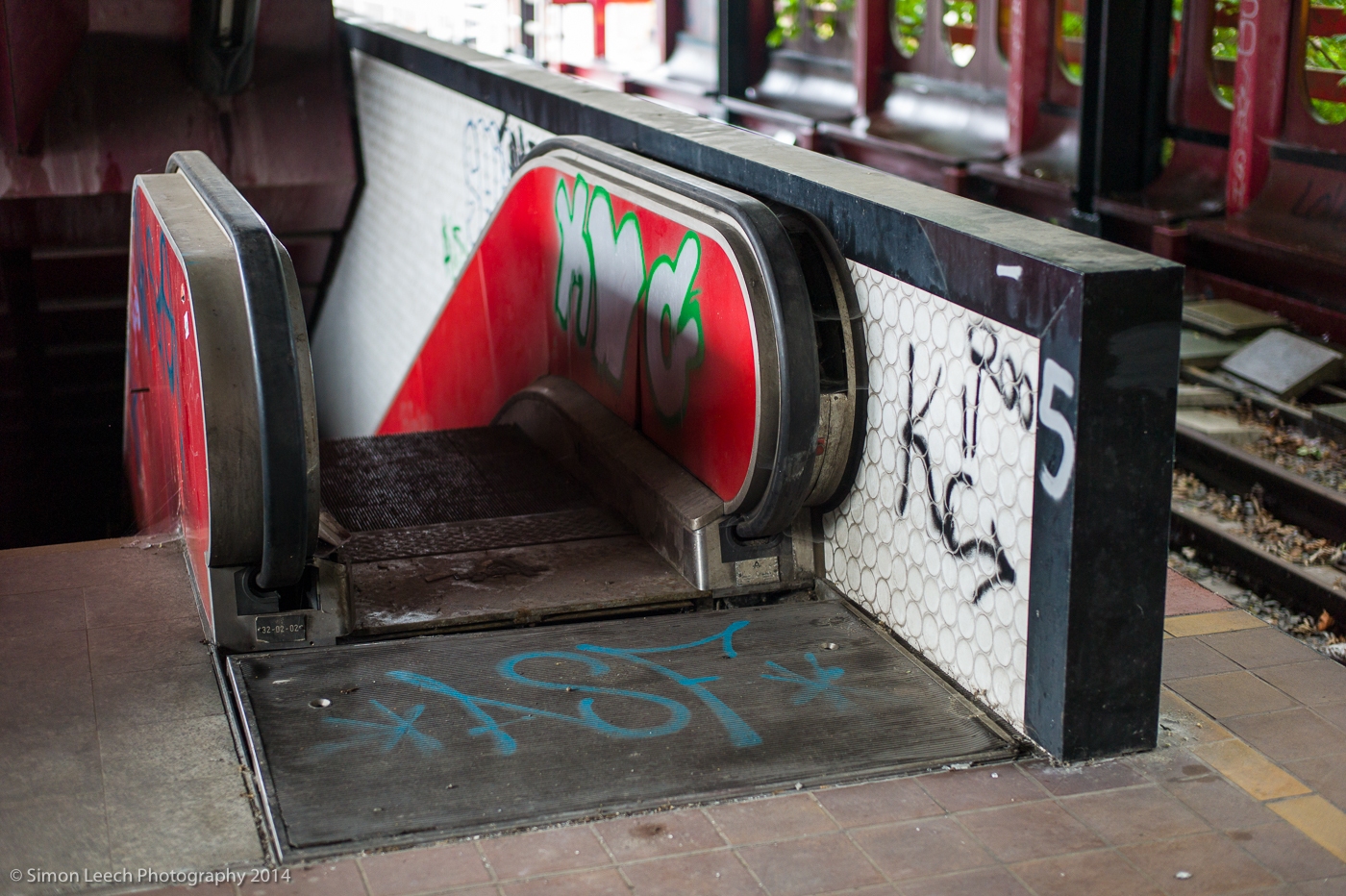

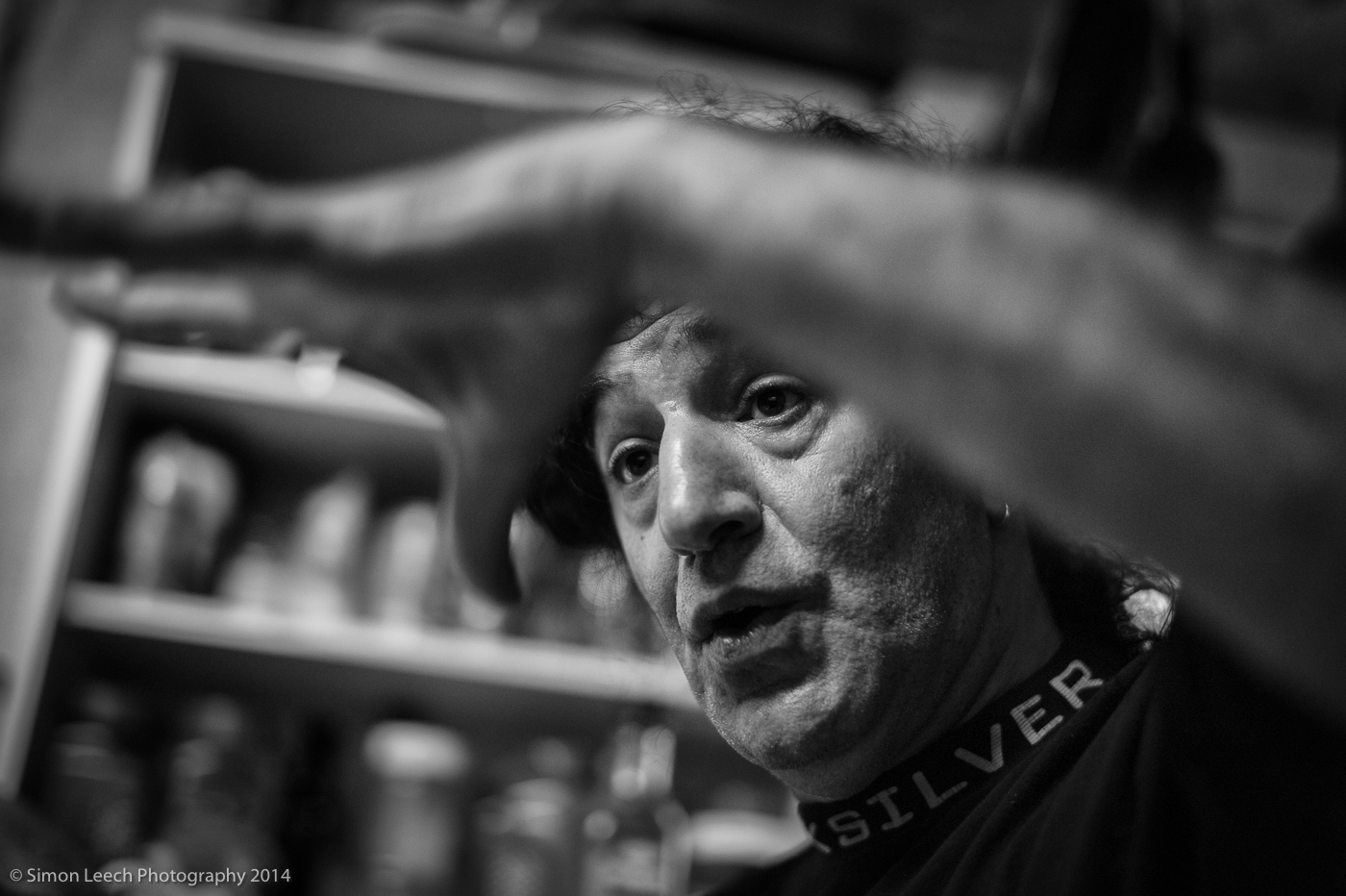

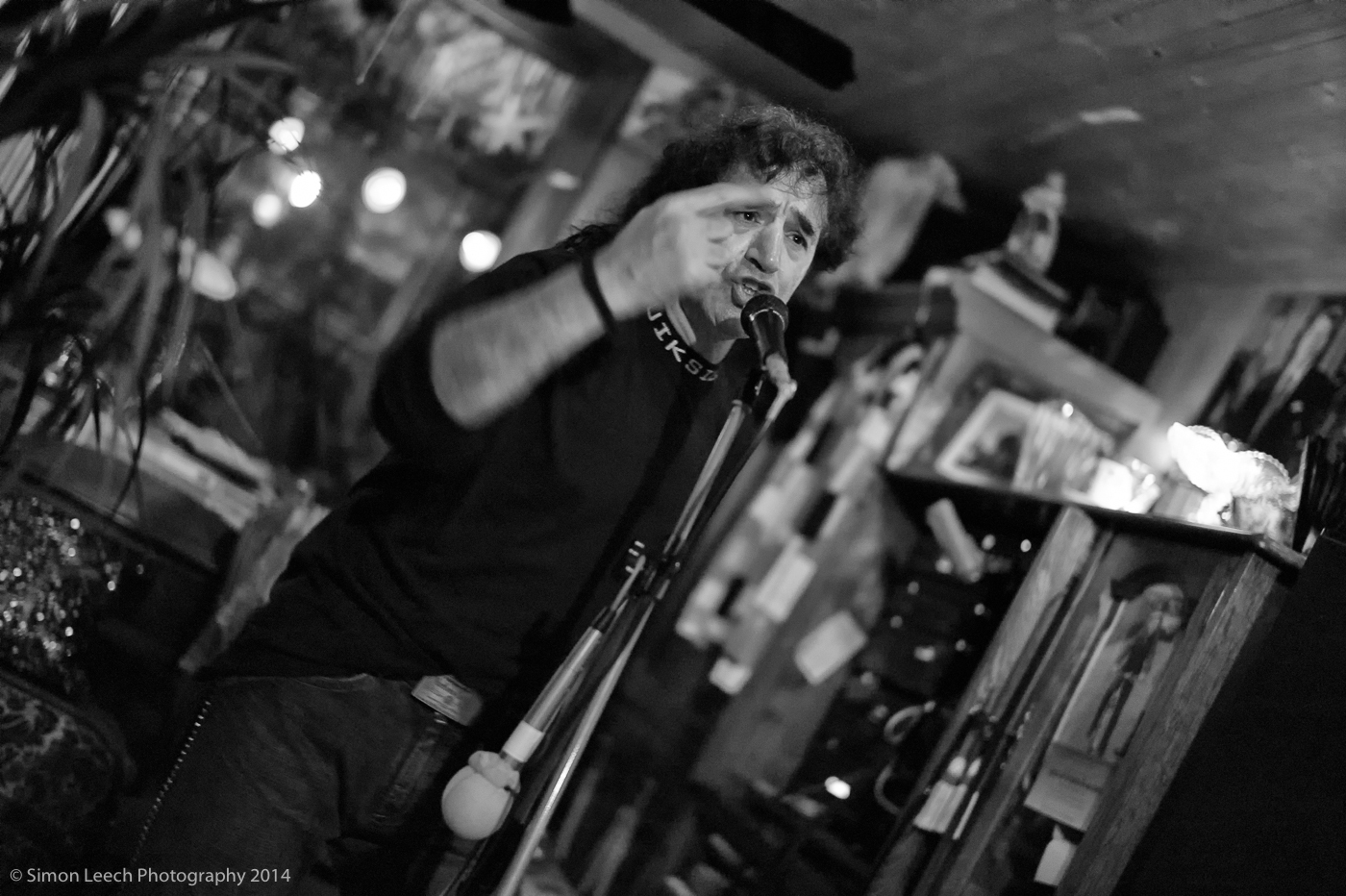
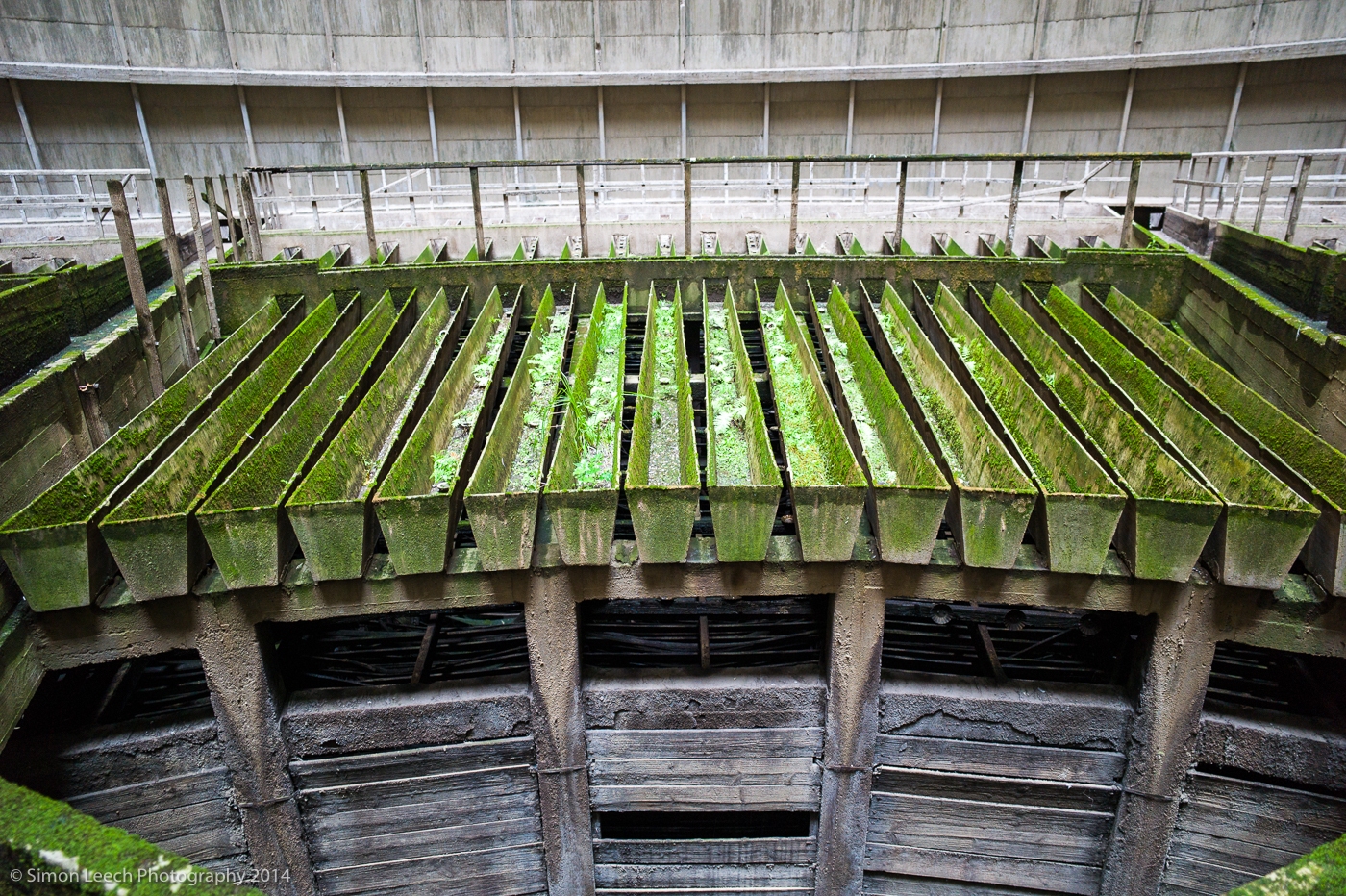
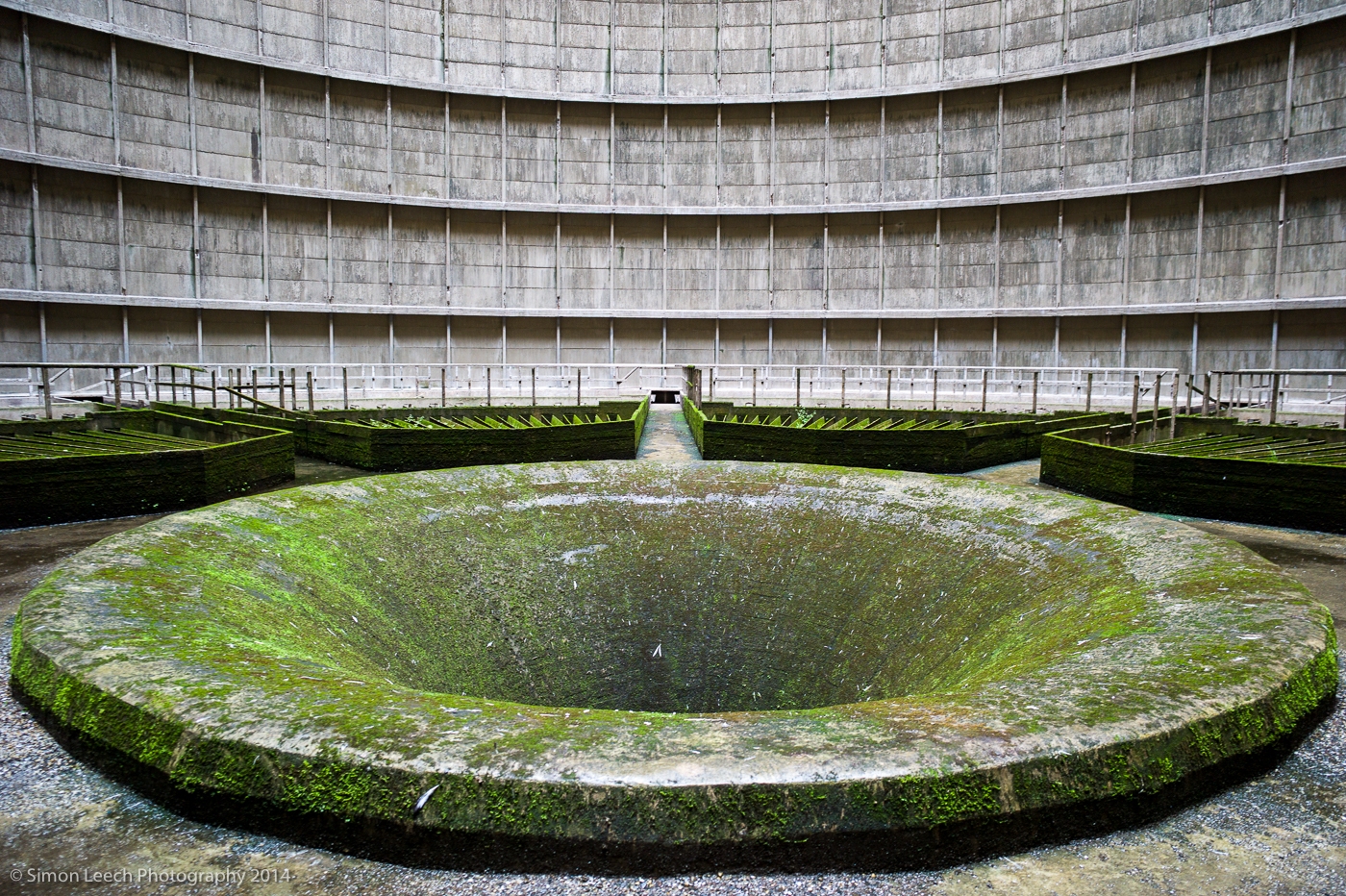
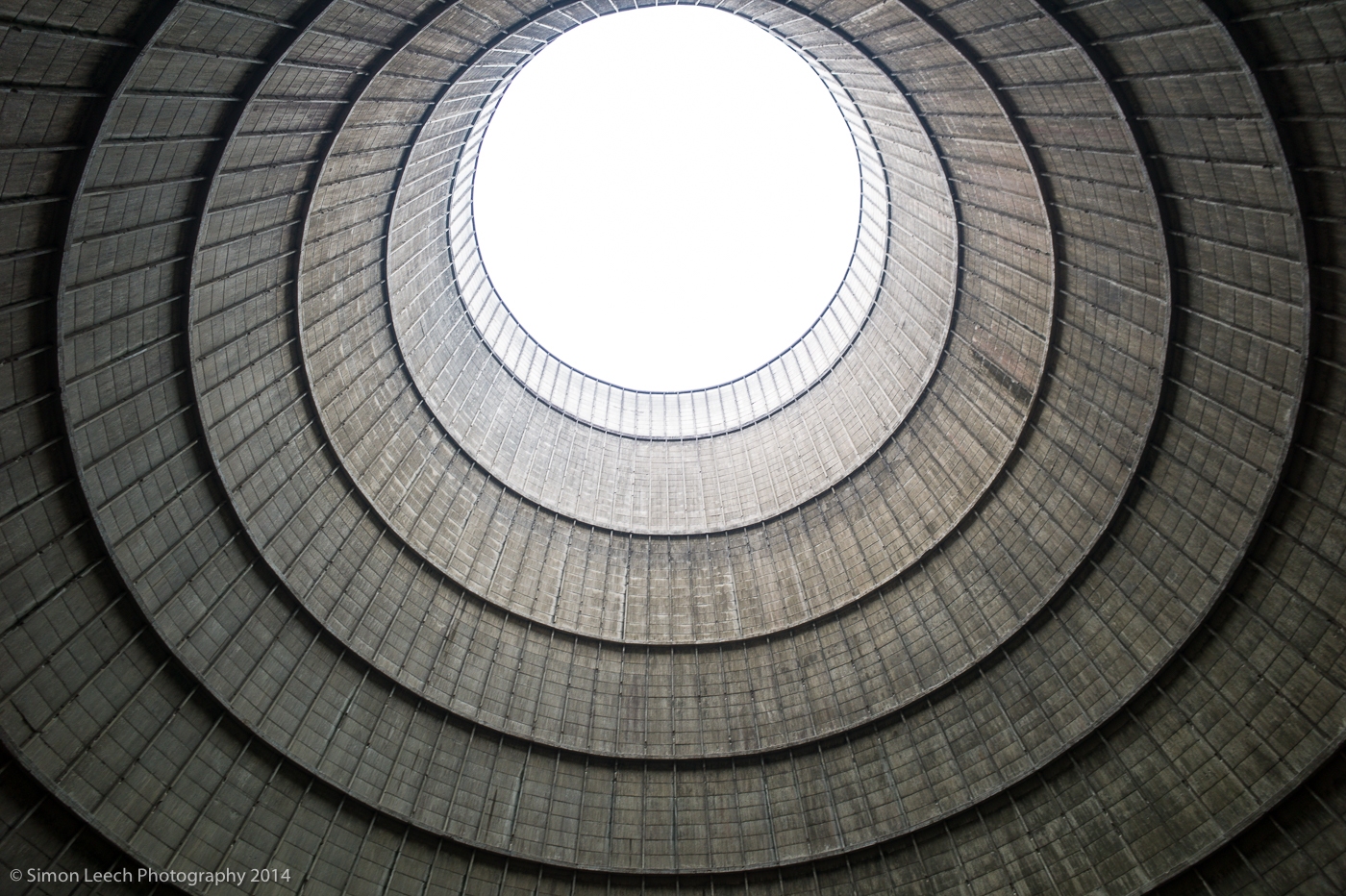
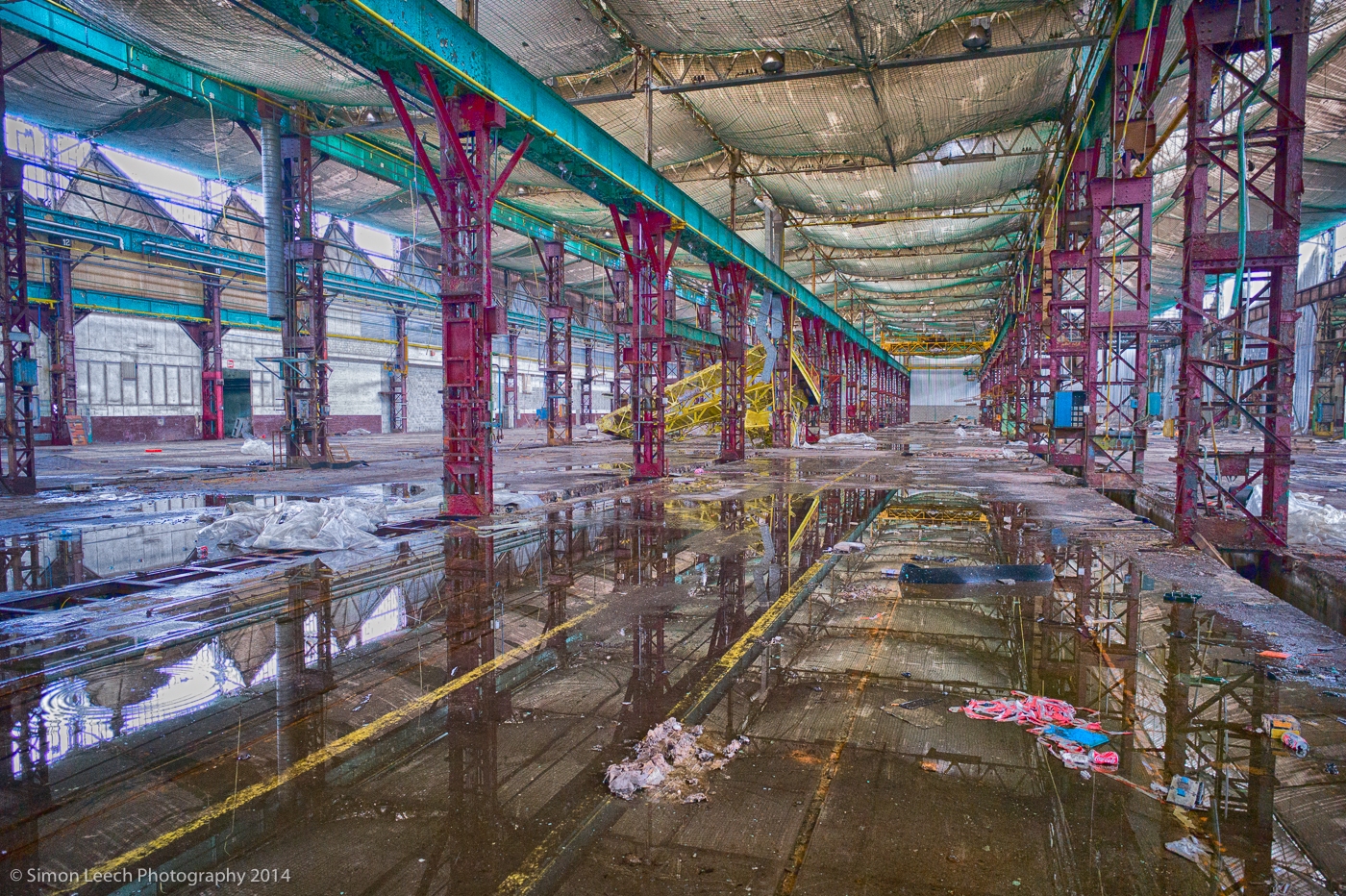

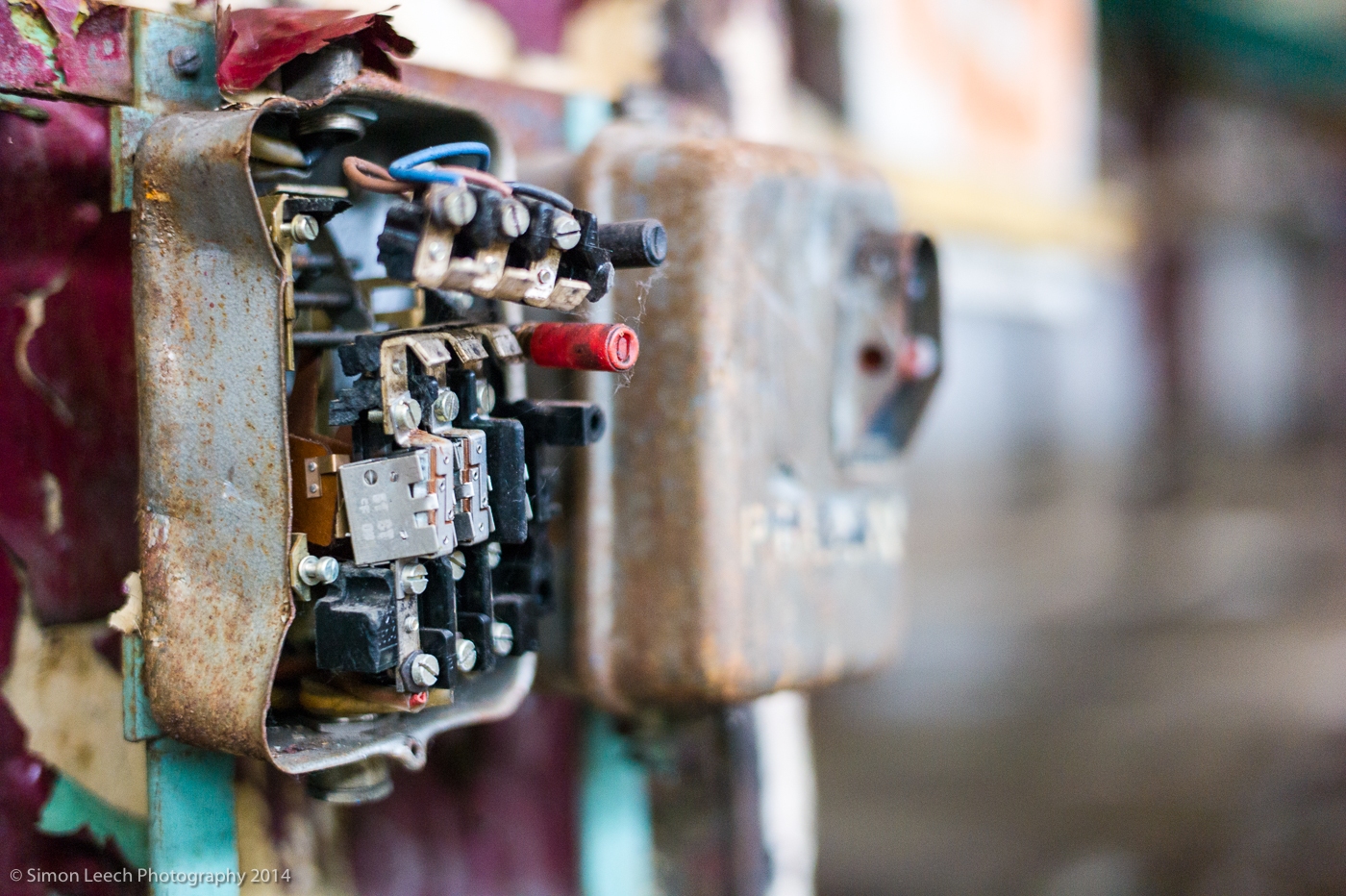
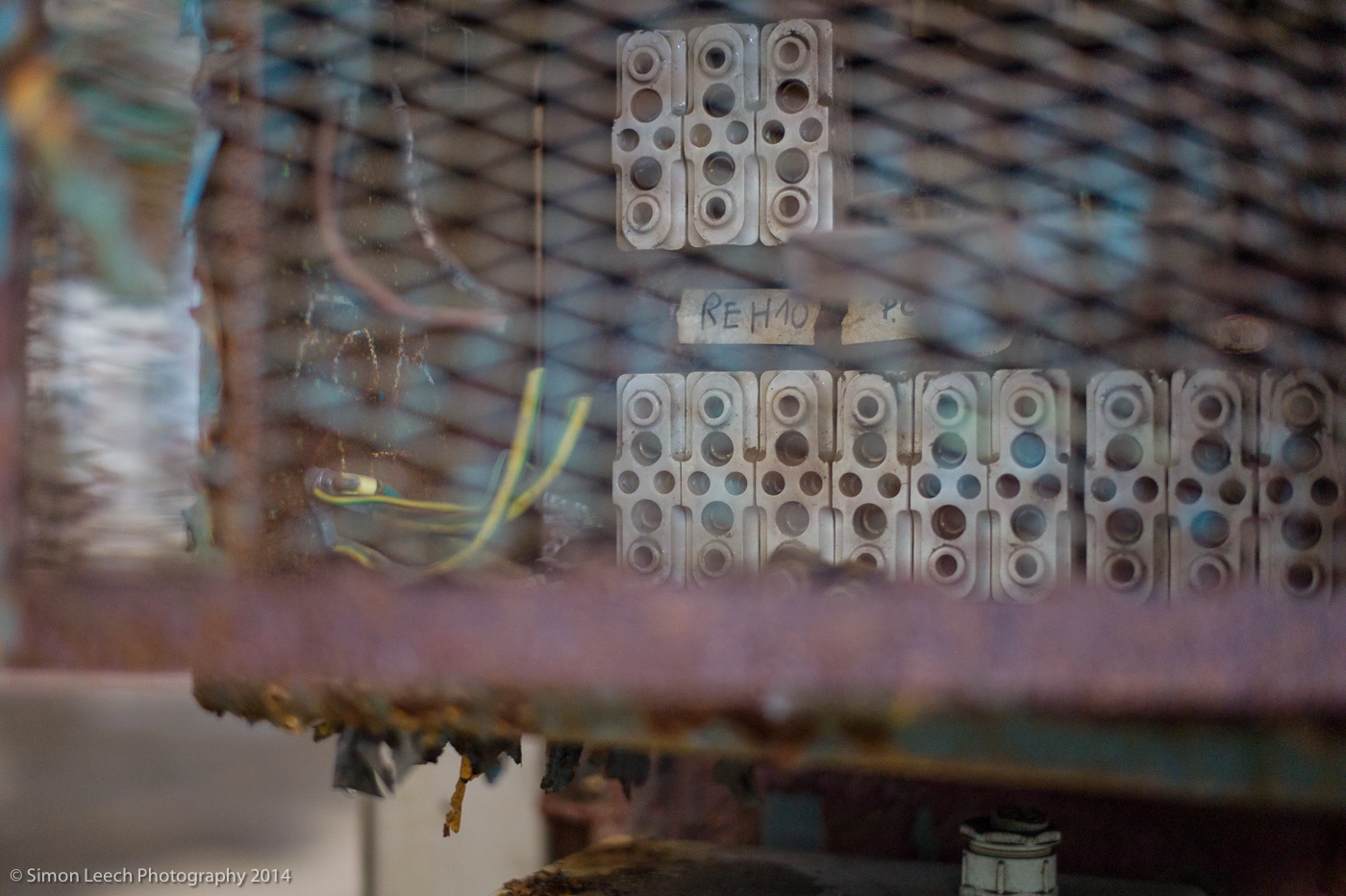
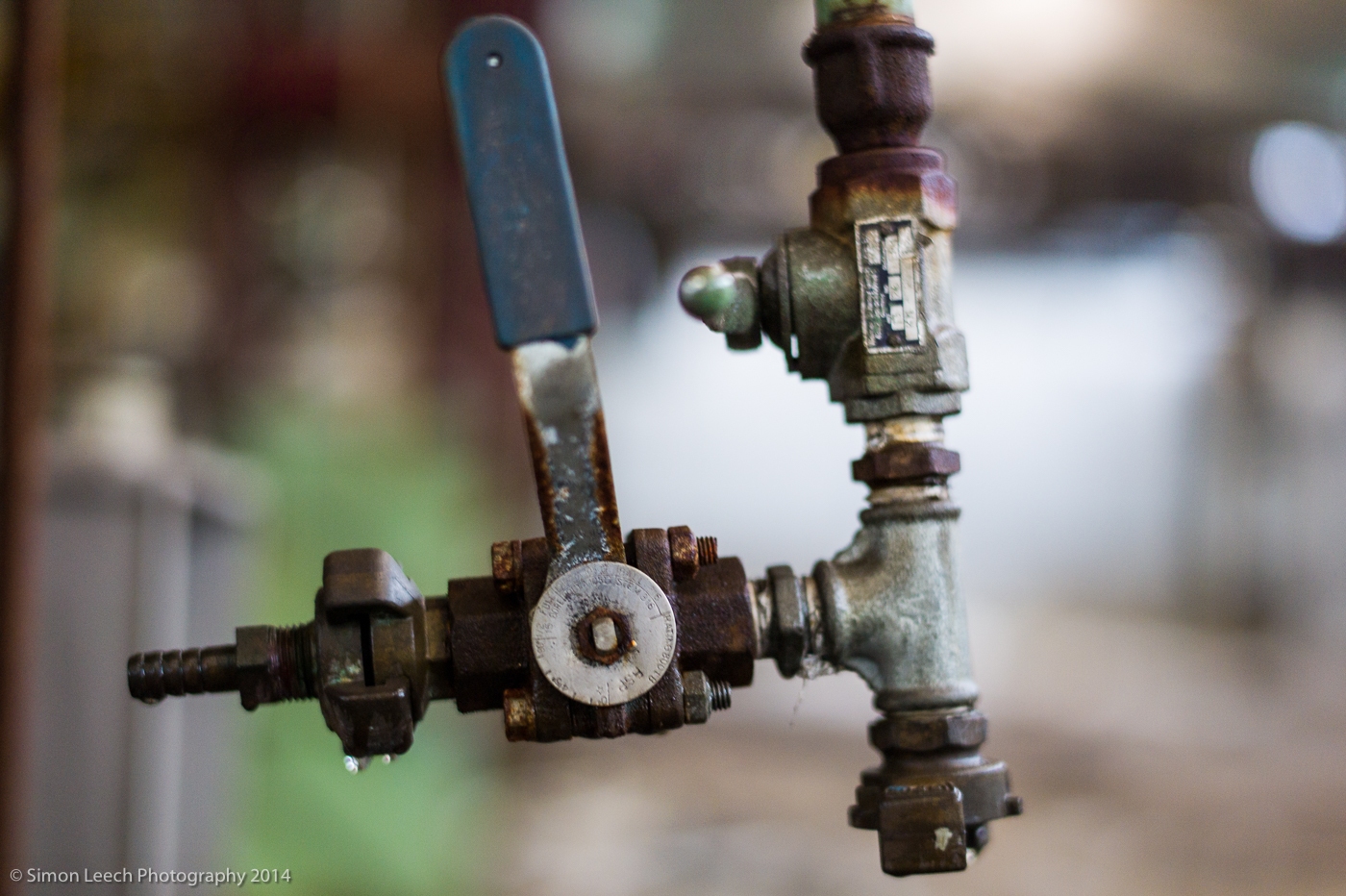
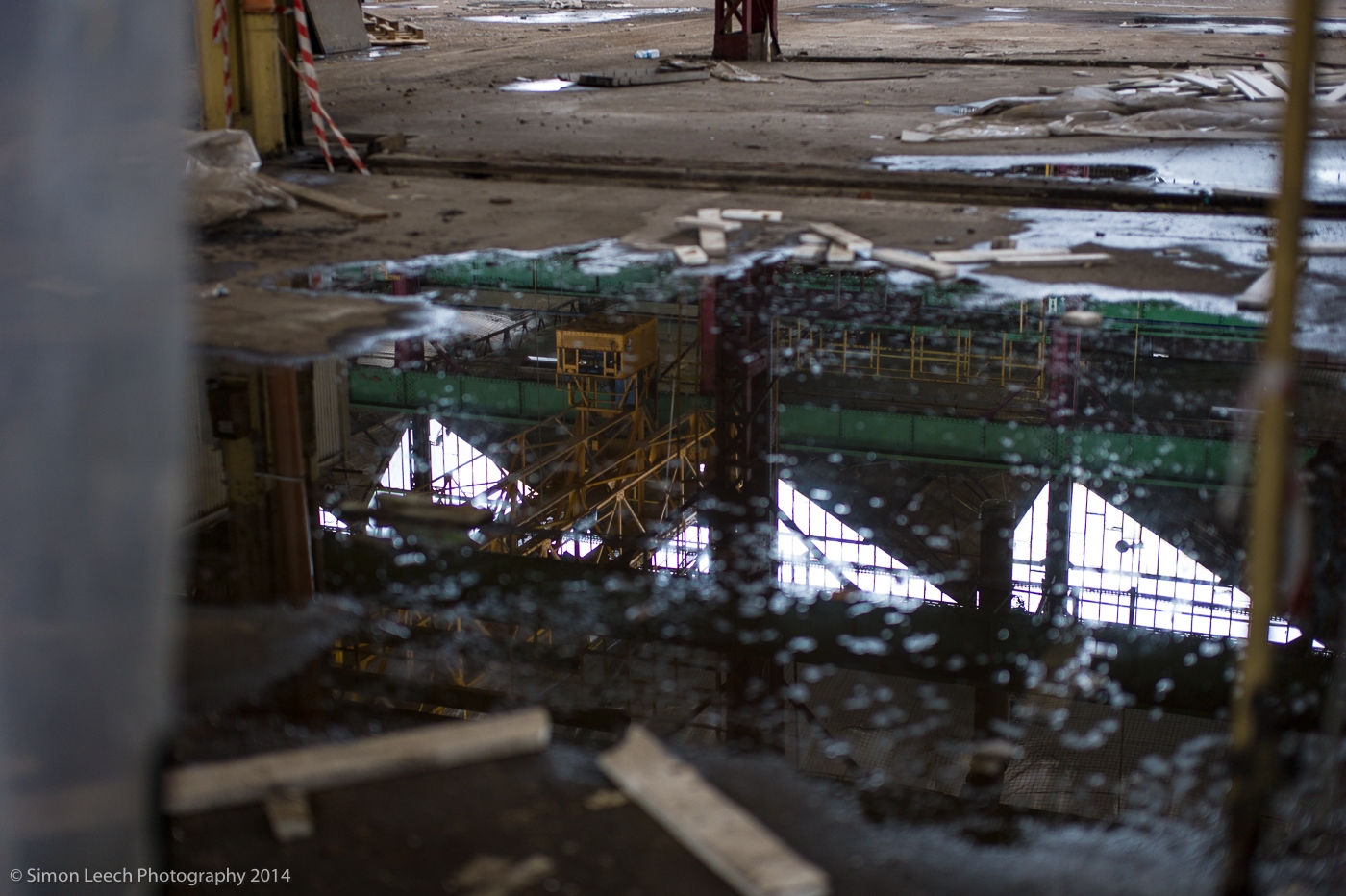
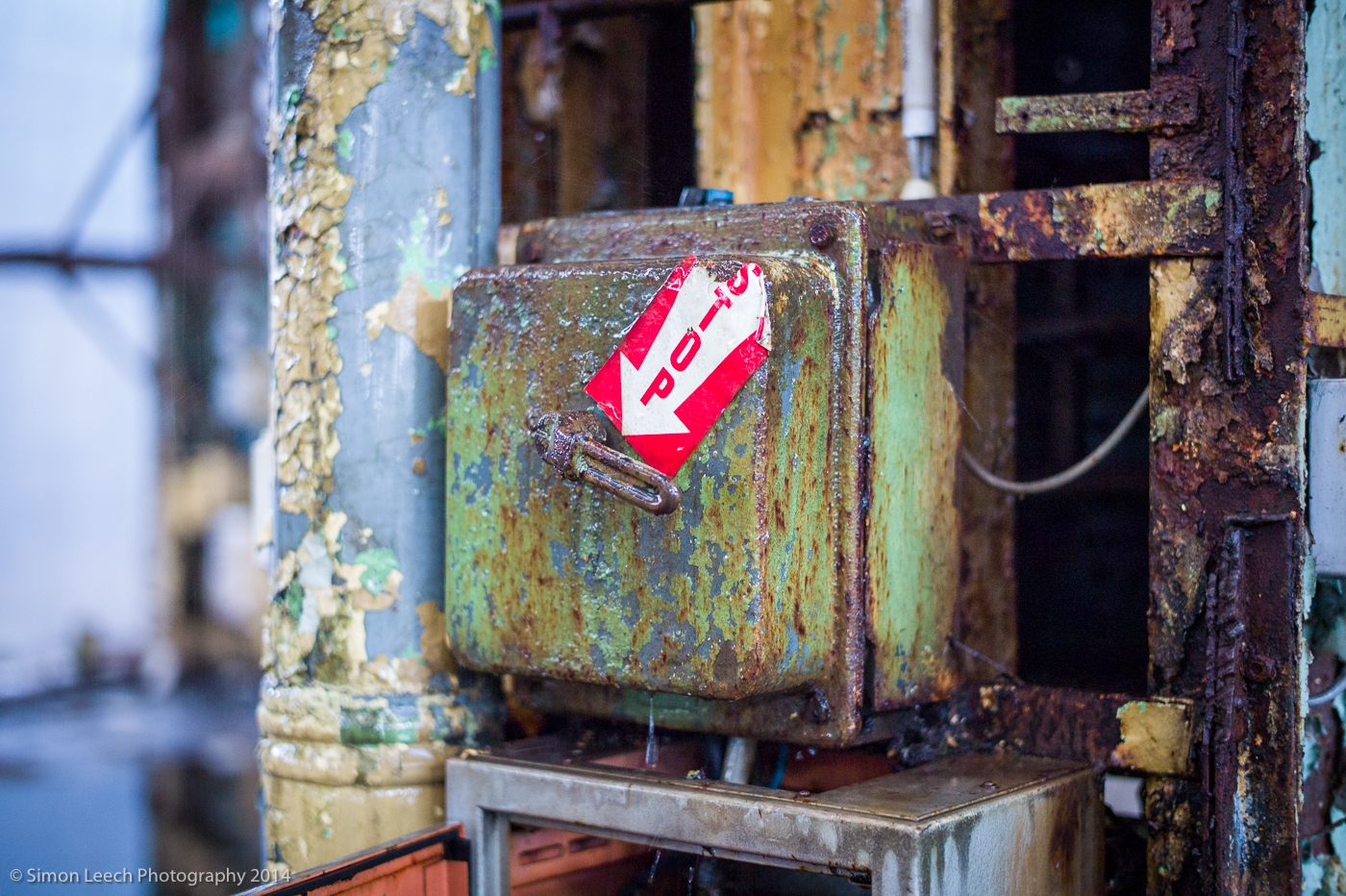
2 Comments. Leave your Comment right now: